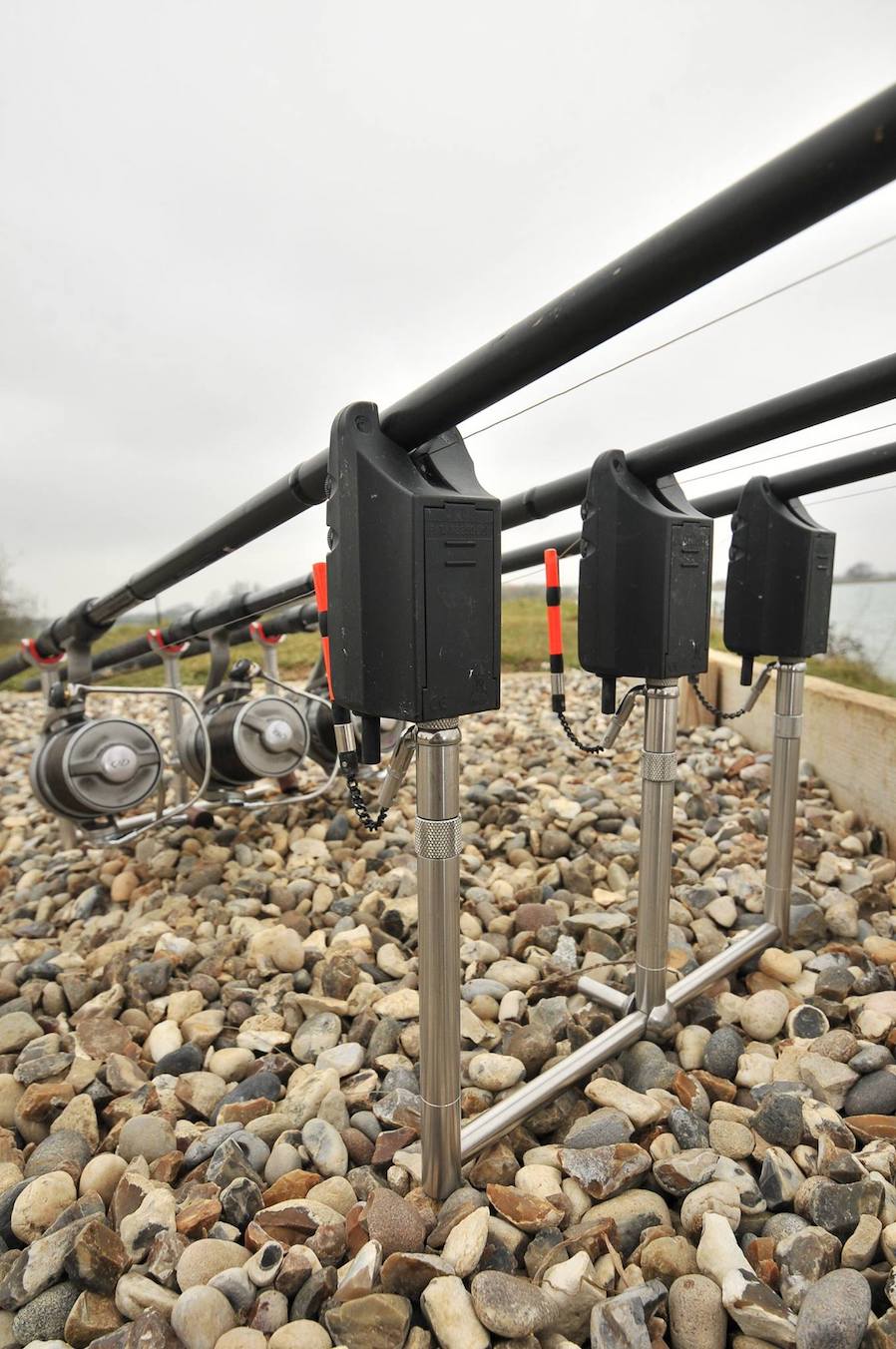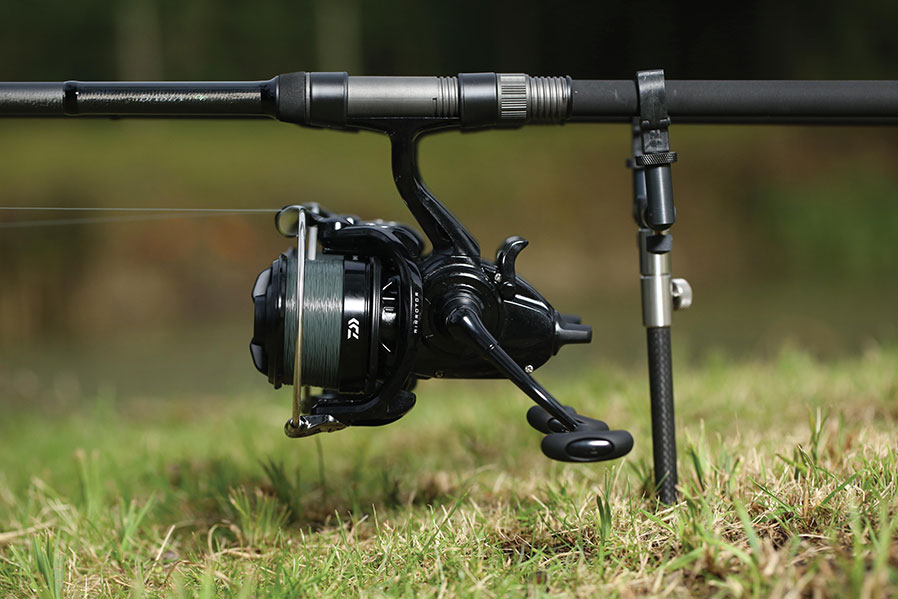Top 5 Tips For Snag Fishing
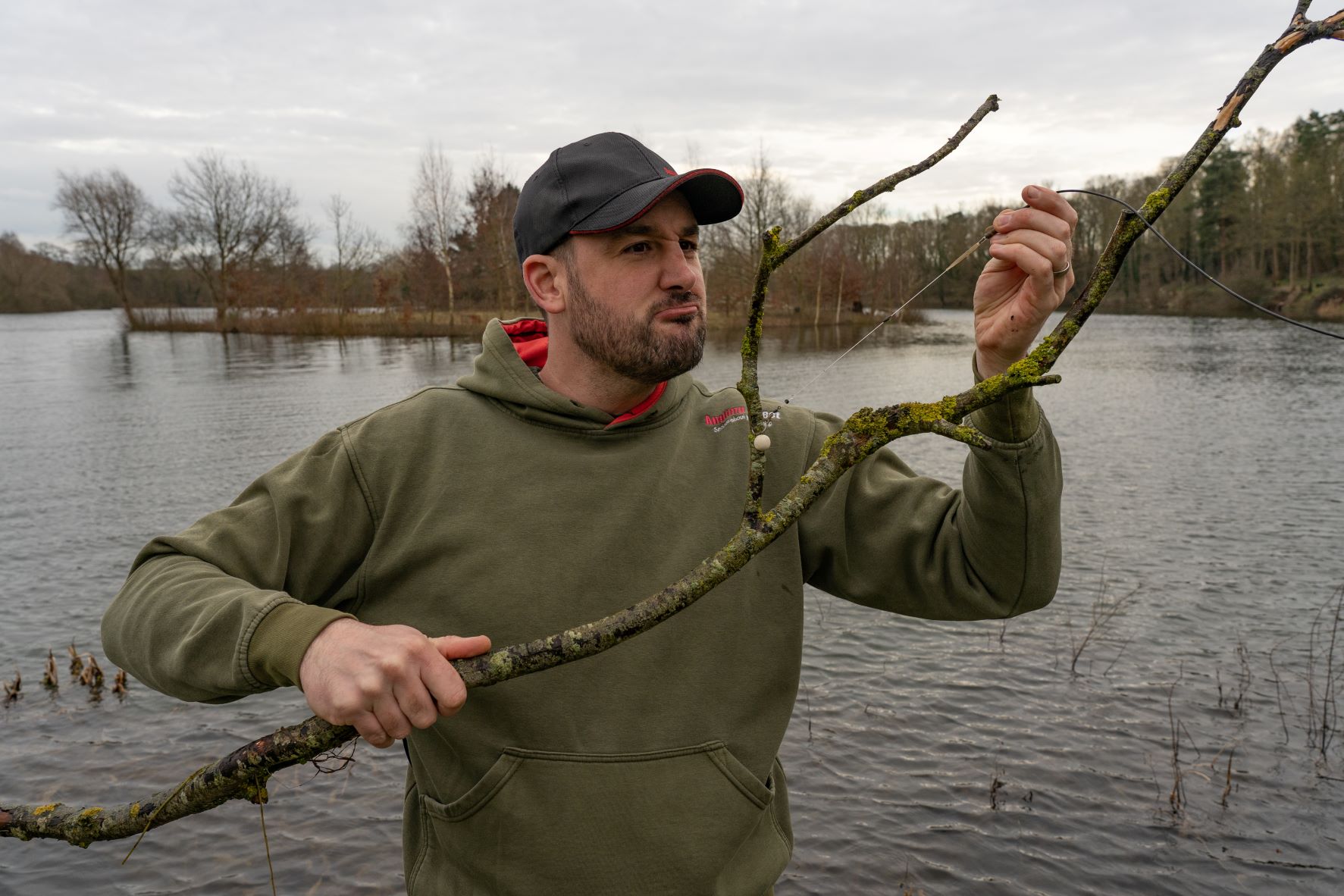
There are no two ways about it...fishing near snags is often a blessing and a curse. As anglers, we know that fish love cover and food, and snags provide both!
Fishing near snags such as overhanging trees, islands, and reed beds can be ultra-productive, as fish frequent these areas regularly, however, if you are fishing incorrectly, this can lead to lost fish, frustration, and can endanger the fish.
Here are a few tips to help you fish safely and effectively to snags...
1) Lock Up
It sounds a simple tip, but ensure that your reels are ‘locked up,’ meaning no line can be given, as this would allow the fish to make the sanctuary of the snags. If you are using mono there is enough stretch in the line when fished semi slack for the fish to have some movement.
Ensure your bank sticks and rests are solidly in the ground, and that you have tackle that is up to the task of putting adequate pressure on a fish to move it away from the sang quickly. The best way to do this is to have the rod compressed, and walk backwards, keeping up a steady pressure. Lowering your rod to wind in can often give the fish time and slack to head straight into the snag.
2) Belt and Braces
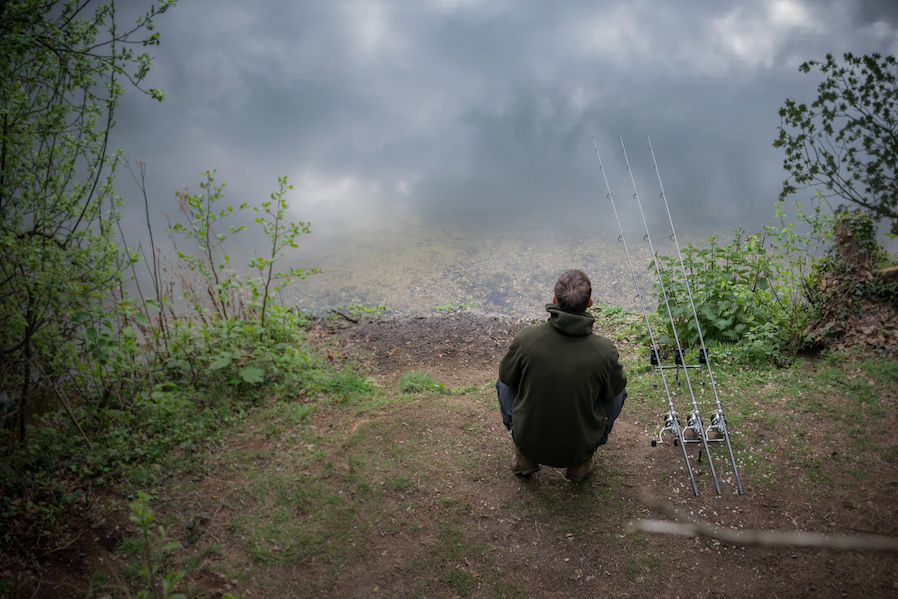
Ensure your tackle is rock solid. Items such as abrasion-resistant snag leaders, strong hook lengths, big, strong hooks, and the best quality swivels and knots are what's needed. Your setup can look pretty agricultural however it's better to land everything you hook rather than lose fish in snags due to snapped tackle, which isn’t good angling.
If in doubt, go heavier, don’t take the risk, and don’t mess about when snag fishing. Always stay close to your rods, too.
3) Angles and Research
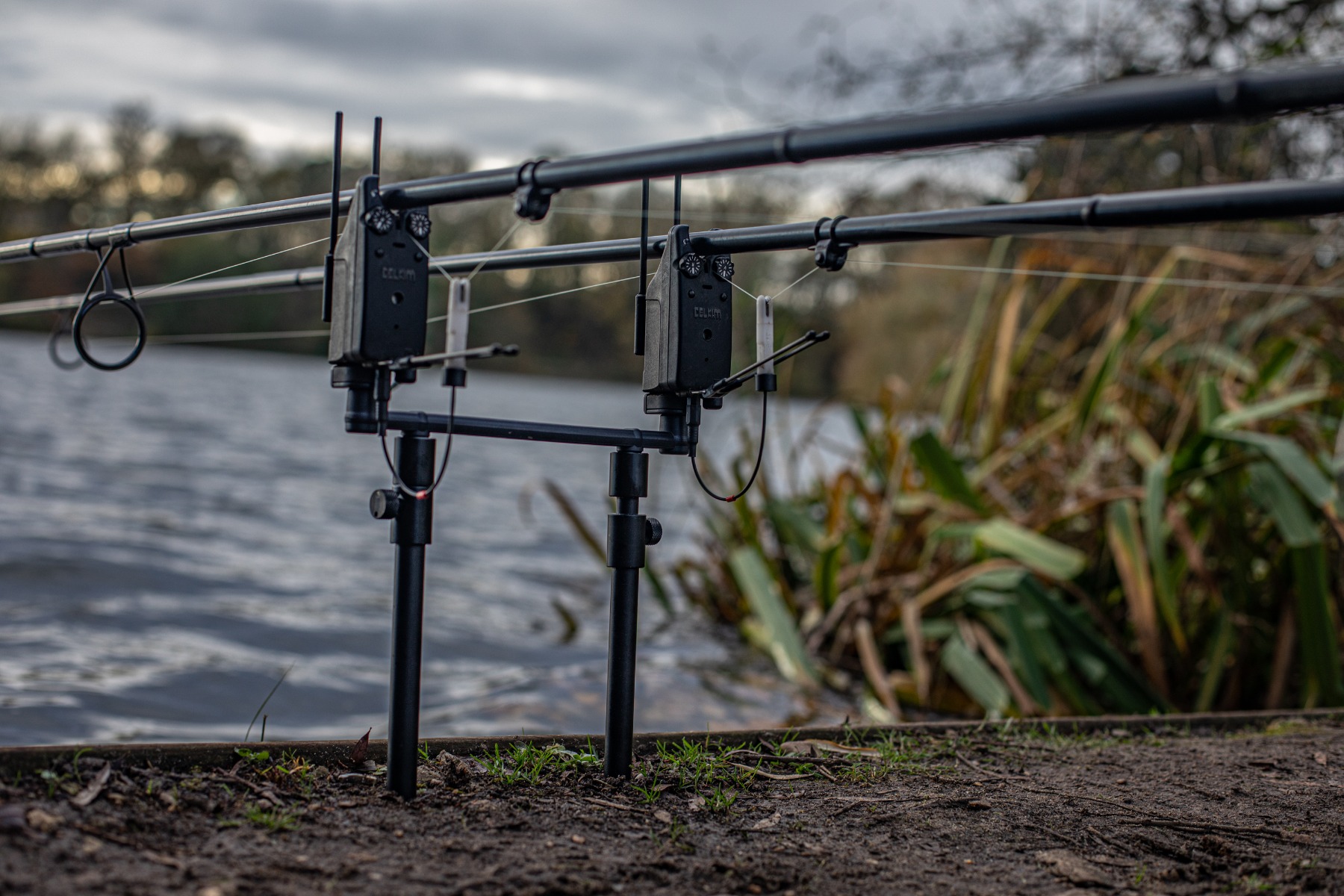
Before fishing a snag, have a look, if possible, at the extent of things like; how far back does the snag go, are there any branches submerged, which direction would fish approach from? This way, you can minimise the chances of losing fish by fishing a ‘safer’ part of the snag.
For example, if you have a near side marginal snag like a tree, you'll want to fish your side of the tree to ensure the fish has less chance of heading past the snag and kiting into the bank, where you haven’t got a hope of bringing it back into your swim, let alone your net. A little bit of thought and planning can ensure you land your prize.
4) Be Sensitive
Unlike open water fishing, you aren’t fishing for screaming winds. Depending on weather conditions, you need to have your alarms on a sensitive setting, and be ready to react to any bleep. The quicker you can be on the rod, the more chance you have at halting a fish's progress into a snag. This goes for night fishing, too; if you are snag fishing at night, you need to be as near as possible to your rods, and alert. It doesn’t make for the most restful night, but it sure is exciting! Always ensure that you check your rod tips upon hearing a beep, and if you see any movement in the line or rod tip, hit it.
